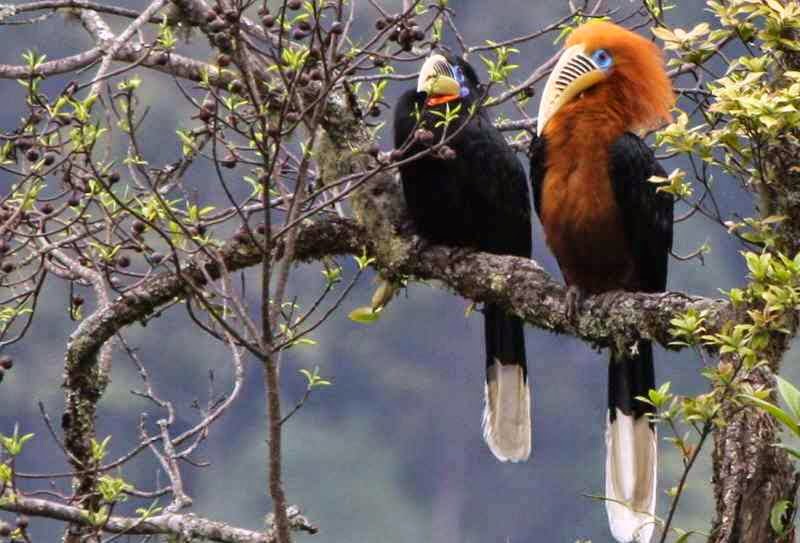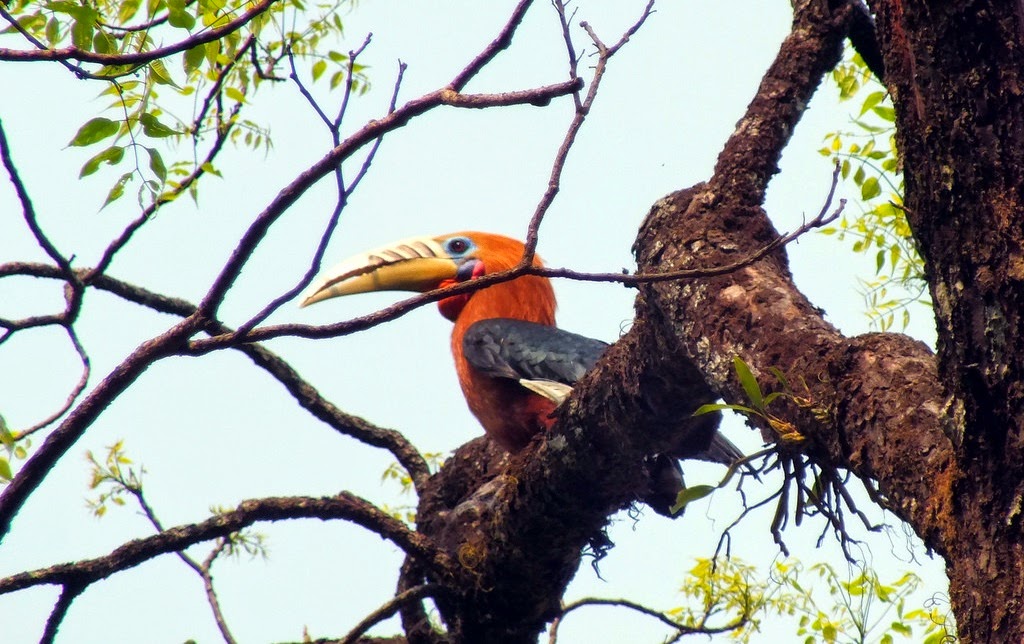The Frilled Coquette (Lophornis magnificus) is a species of hummingbird
in the Trochilidae family. It is found only in Brazil. Its natural
habitats are subtropical or tropical moist lowland forests and heavily
degraded former forest. At 6.5 to 7 cm (2.6 to 2.8 in) and a weight of
2.1 g (0.074 oz), this is one of the smallest birds alive.
Wednesday, 21 May 2014
Nature is the human teacher
Nature is the human teacher with his unfolds
treasures, to unseal his eyes, illumes hid mind and purifies his hearts and influence
breathes from all the sights and sounds of her existence. Yosemite Falls is the
highest measured waterfall in North America. Located in Yosemite National Park
in the Sierra Nevada of California, it is a major attraction in the park,
especially in late spring when the water flow is at its peak..
Labels:
Amazing Nature,
Gif
Pasni
Pasni is a medium-sized town and known as a
fishing port in Gwadar District, Balochistan, Pakistan. Its population is approximately
33.000 and it is located on the Makran coast on Arabian Sea about 300 kilometers
from Karachi. Administratively, Pasni is the headquarters of the Pasni
sub-division of Gwadar district that includes Pasni and Ormara Tehsils as well
as Astola Island which lies 40 km ESE of Pasni, in the Arabian Sea.
Labels:
Pakistan
Sunday, 18 May 2014
This is Gwongurai Falls on the Tooloona Circuit
This is Gwongurai Falls on the Tooloona Circuit Looks like a pleasant place to be, if not too hot and buggy. The depth of field from the small aperture, the smoothed-out flow from
the extended exposure, and the position placing the large mossy rocks in
the foreground, with the falls coming out of a "hole" of light in the
background
Bajulmati beach on East Java of Indonesia
Bajulmati beach is
one of the most beautiful beaches in the south of the island of Java. Bajulmati
beach located in Malang regency southern and mileage is about 40 miles south
from the city of Malang. The beach is located 2 miles west from Sempu Island
and 3 miles west from Sendangbiru beach. This region is very enchanting beauty
and is one of the main tourist centers, known in Indonesia and foreign. If you’re
going to Indonesia then its a recommendation.
Labels:
Indonesia
Most Beautiful Bird of South Asia “Rufous-Necked Hornbill”
Rufous-necked Hornbill (Aceros
nipalensis) is a beautiful species of hornbill in the northeastern Indian
Subcontinent and Southeast Asia. Rufous-necked Hornbill numbers had declined
significantly due to habitat loss and hunting, and it has been completely
extirpated from Nepal. It is projected that there numbers are now less than
10,000 adults remaining, with a length of about 117 centimeters, it is amongst
the largest Bucerotine hornbills. The under-parts, neck and head are rich Rufous
in the male, but black in the female. The head, neck, and lower body of the
male are colored Rufous, with deeper coloration on the flanks and abdomen.
However; the middle primaries and the lower half of the tail are tipped white. And
the rest of the hornbill's plumage is a glossy dark-green and black. The specie
lower tail-covert feathers are colored chestnut mixed with black. Whereas on
the other hand “The female”, are black, except for the end-portion of her
tailand the tips of the middle primaries, normally are white. Juvenile
hornbills look like adults of the same sex, but lack the ridges at the base of
the upper beak. The beak absences a true caique but is thickened at its base. Rufous-Necked
Hornbill has a number of dark ridges on the upper beak which are lacking in the
young and increase in number with age up to about seven. The commissure of the
beaks is broken for both sexes.
While mainly a bird of ridged and
hilly forests, primarily broadleaved forests at altitudes of 150–2,200 metres,
it has also been recorded in dry woodland. The nesting period starts from March
to June and the trees being preferred are tall and having broad girths. There
is indication to suggest the Rufous-necked Hornbill communities move seasonally
between one forested areas to another to avail of the differing abundance of
fruiting trees due to local conditions. Therefore; egg shape is broad oval,
compressed slightly towards one end, so as to be slightly pyriform. However;
shell is strong and thick, but coarse and completely glossless, all over pitted
with minute pores. In color it is a very dirty white, with a pale dirty
yellowish tinged, and everywhere obscurely stippled, when carefully observed,
with minute purer white specks, owing to the dirt not having got down into the
bottoms of the pores. In Arunachal Pradesh, Rufous-necked hornbills have been
hunted by tribal for their feathers and beak. Rufous-Necked Hornbill can found
in Bhutan, China, Myanmar, Laos, Thailand, Vietnam and northeast India, the
rufous-necked hornbill has suffered a massive population decline, and is believed
to be extinct in its historical array country, Nepal. The rufous-necked
hornbill existing in little numbers in a large number of reserves, sanctuaries
and national parks across its range, but the popular of these areas would
benefit from improved management systems.
Labels:
Birds
Subscribe to:
Comments (Atom)
























